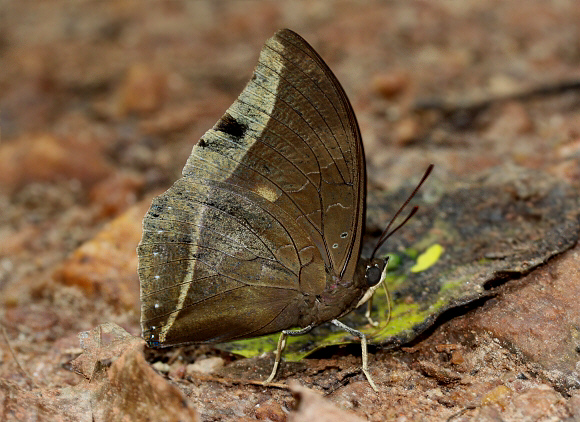
Introduction
The Charaxinae are a group of robust, medium to large Nymphalids characterised by having a rapid and powerful flight, stout bodies, falcate apexes, and a habit of feeding at dung and carrion. They are represented in the neotropics by genera including Consul, Memphis, Prepona and Agrias; in the Oriental and Australian regions by Polyura and Charaxes, and in Africa by Charaxes, Euxanthe and Palla.
There are 179 Charaxes species in the Afrotropical region, one of which – jasius, extends its range as far north as the Mediterranean coast of Europe. Most are forest-dwellers but several are adapted to savannah and arid Acacia thorn scrub habitats.
Most Charaxes species are black on the upperside, with bands of either white, orange or blue. The bands in some species are very broad, while in others they are narrow and broken into a series of small spots. Many Charaxes species have a pair of thin tails at the tornus of the hindwings but these are absent in zelica. The upperside of zelica has a narrow band of blue spots running from midway along the costa of the forewing to the tornus of the hindwing, and a series of white submarginal spots on the hindwings.
Charaxes zelica is distributed from Sierra Leone to Sudan, and south to n.w. Tanzania.
Habitats
This is a rare species found mainly in forested habitats although it also occurs in dense savannah.
Lifecycle
The larval foodplants are unknown, and no details of the lifecycle are available.
Adult behaviour
Both sexes spend most of their time in the canopy but on rare occasions males will visit rotting fruit or urine-soaked ground.
